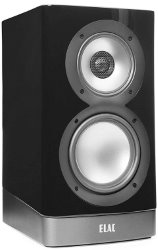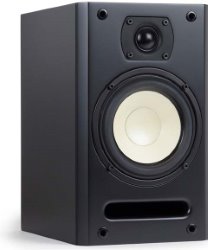ELAC ARB51 Navis vs. HTD Level TWO
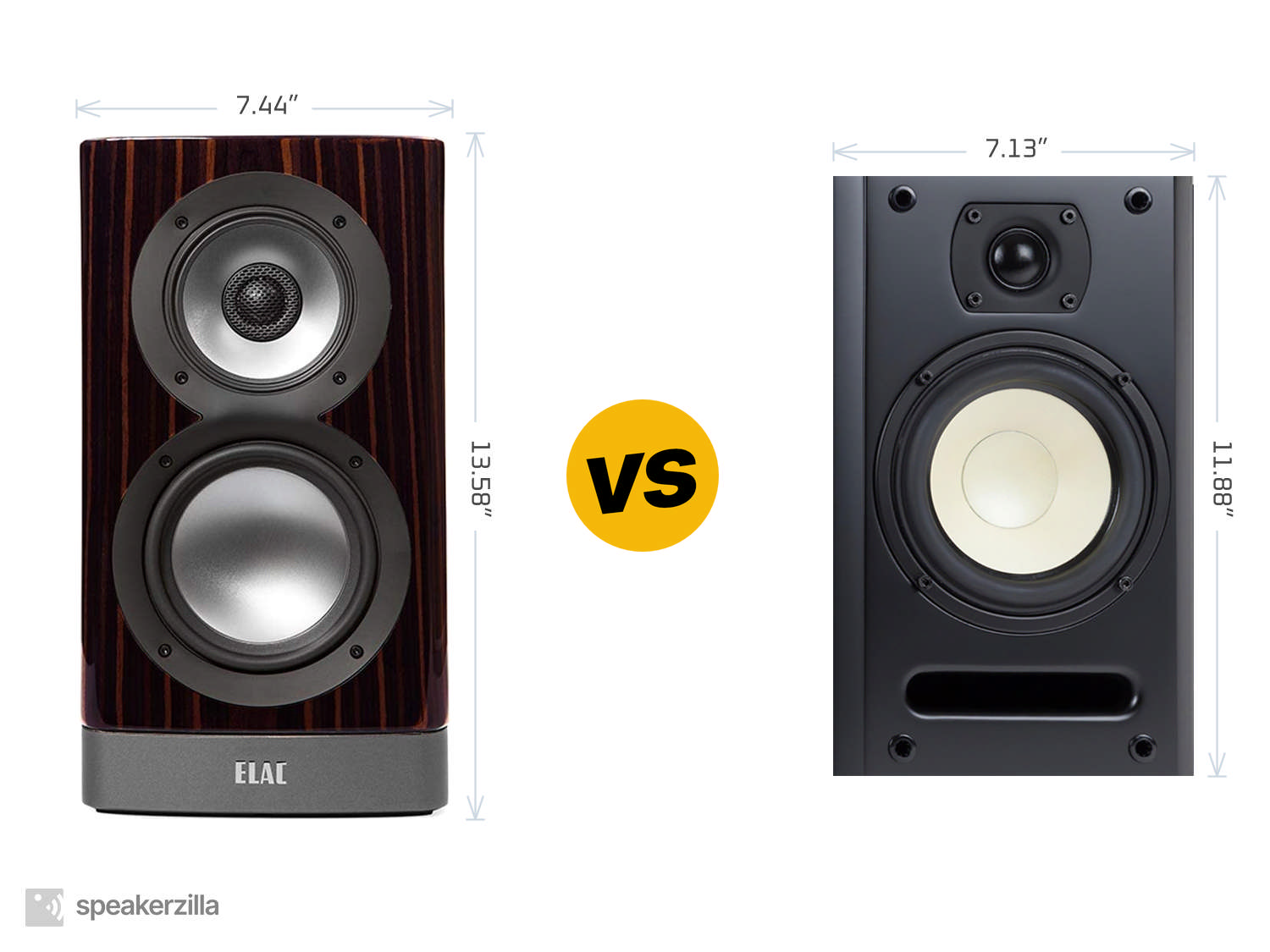
| ELAC ARB51 Navis Powered Bookshelf Speakers | HTD Level TWO Bookshelf Speakers |
| MSRP | |
| $2000 | $300 |
| Dimensions (H × W × D) | |
|
13.58” × 7.44” × 9.45” 345mm × 189mm × 240mm |
11.88” × 7.13” × 10.00” 302mm × 181mm × 254mm |
| Power Type | |
| Powered | Passive |
| Frequency Response | |
| 44-28,000 Hz | 60-20,000 Hz |
|
Amazon.com
|
HTD.com
|
Key Takeaways
TLDR Summary: In an audiophile's quest for sonic bliss, the ELAC ARB51 Navis Powered Bookshelf Speakers offer self-contained sophistication with their built-in amplification, coaxial drivers, and impeccable soundstage, catering to purists with discerning tastes. Contrastingly, the HTD Level TWO Bookshelf Speakers stand as budget-friendly contenders, boasting a warm and balanced sound profile that punches above its weight class. While the ELACs excel with their high-resolution detail and plug-and-play convenience, the HTDs offer a compelling value proposition, demanding the addition of an external amplifier to reveal their full potential in an enthusiast's carefully curated audio system.
Speaker Comparison
When it comes to choosing a set of bookshelf speakers for your audio system, the waters can be particularly murky with options. However, two models that stand out for their respective reasons are the ELAC ARB51 Navis Powered Bookshelf Speakers and the HTD Level TWO Bookshelf Speakers. These two contenders come from different schools of thought in the hi-fi universe, one being a powered speaker with a built-in amplifier and DAC, while the other is a passive speaker requiring external amplification. Let's delve into their features and performance to see how they stack up against each other.
The Tale of the Tape: Specifications
In one corner, we have the ELAC ARB51, a powered speaker that boasts a custom-designed midrange/tweeter concentric driver coupled with a dedicated woofer, all powered by an in-house built 300-watt BASH amplification. With a frequency response of 44Hz to 28kHz and a sophisticated onboard DAC, these speakers are designed to deliver high-resolution audio straight out of the box without the need for additional components. On the other hand, the HTD Level TWO speakers are part of HTD's entry-level series, with a 1-inch silk dome tweeter and a 6.5-inch polypropylene woofer, designed to work with external amplifiers. They have a frequency response of 45Hz to 20kHz, aiming to provide an excellent audio experience at a more accessible price point.
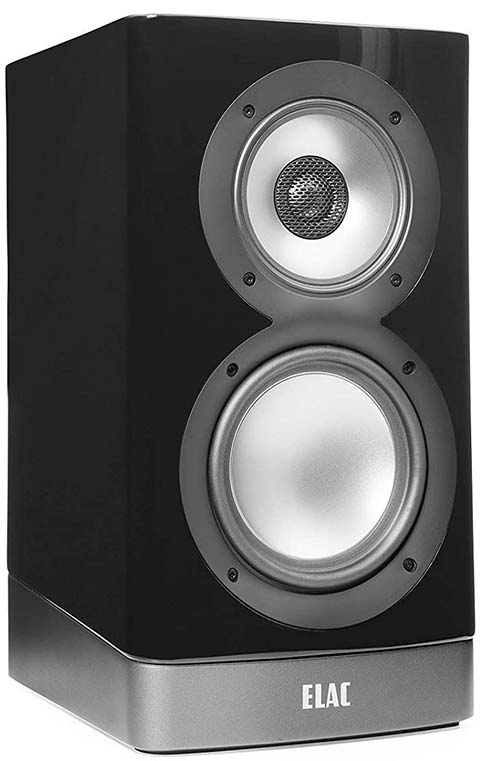
 (at Amazon.com)
(at Amazon.com)Design and Aesthetics: More Than Meets the Eye
Regarding aesthetics, both speaker sets have something to offer. The ELAC ARB51 is sleek and modern, with a high-gloss finish that would make it a proud centrepiece in any audio setup. They are larger and notably heavier, a testament to the internal electronics that add to the heft. Conversely, the HTD Level TWO speakers have a more traditional look with a classic black ash vinyl finish. They are more compact and lighter, which makes them a bit more versatile in terms of placement. While the build quality of both is commendable, the ELAC ARB51 exudes a more premium vibe, which is appropriate given its higher price point.
Sound Quality: The Heart of the Matter
When it comes to sound quality, the ELAC ARB51 is a revelation. The three-way design provides a clear separation of frequencies, allowing for meticulous sound staging and imaging. The bass is tight and controlled, thanks to the individual amplification of the drivers, and the highs are crisp and detailed without being fatiguing. The concentric driver technology ensures a point source for sound, which means a more consistent audio experience throughout the listening room. In contrast, the HTD Level TWO speakers offer a warm and inviting sound. The silk dome tweeter lends a smoothness to the highs, while the midrange is well-balanced, and bass is surprisingly full for speakers of their size. However, they may require careful pairing with the right amplifier to truly shine.
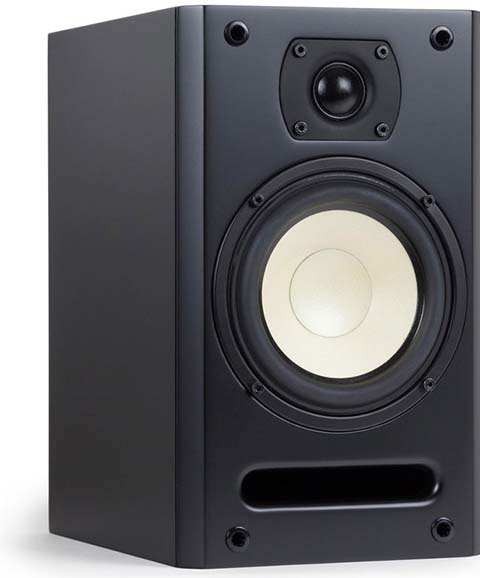
 (at HTD.com)
(at HTD.com)One of the most significant differences between these two is the convenience factor. The ELAC ARB51's built-in amplification and DAC make them an almost plug-and-play option for those who want high-quality audio without fussing over components. On the other hand, the HTD Level TWO demands a bit more from its owner, requiring an understanding of amplifiers and potentially more cables and equipment to get the most out of them. This could be seen as either a hindrance or an opportunity to customize your sound system further.
Compare to similar speakers
Ultimately, the choice between the ELAC ARB51 and the HTD Level TWO bookshelf speakers boils down to what you value in a sound system. The ELAC ARB51 offers a high-fidelity listening experience with minimal setup required and is well suited for those who appreciate a self-contained audio system that delivers across the spectrum. The HTD Level TWO, while more modest in its approach, provides a fantastic opportunity for audio enthusiasts to experiment with different amplifiers and create a personalized sound signature at a more approachable price point.
In conclusion, whether you're a seasoned audiophile or a newcomer to the world of high-quality sound, the ELAC ARB51 and the HTD Level TWO bookshelf speakers are both worthy of consideration. The ELAC may be the more straightforward, all-in-one solution with its impressive power and depth, while the HTD offers an excellent base for building and customizing. Both have their merits, and either could be the perfect match for your audio adventures, depending on your preferences and how you like to engage with your music.
- ELAC ARB51 Navis reviews and FAQs
- HTD Level TWO reviews and FAQs
Check Current Prices: |
|
|
Amazon.com
|
HTD.com
|
Affiliate Disclosure: As an Amazon Associate, we earn from qualifying purchases.
